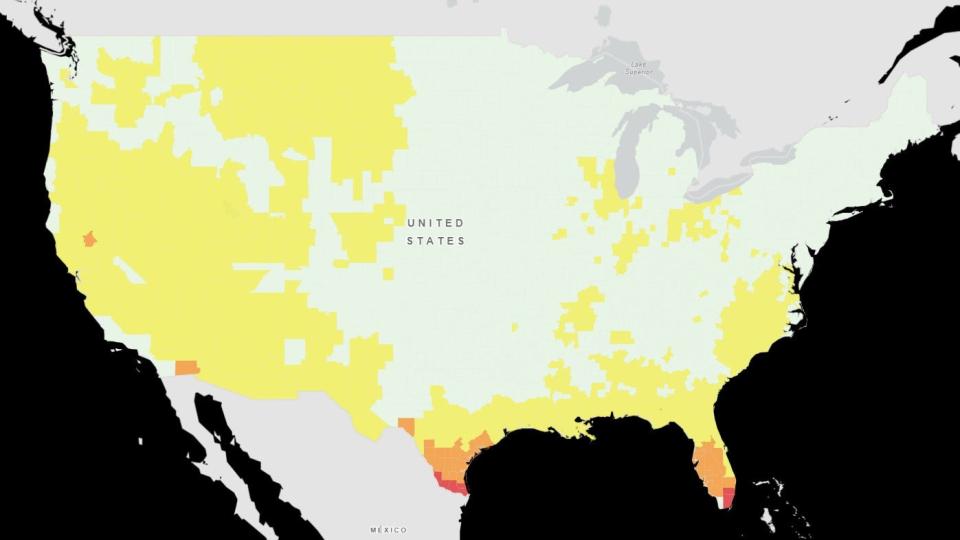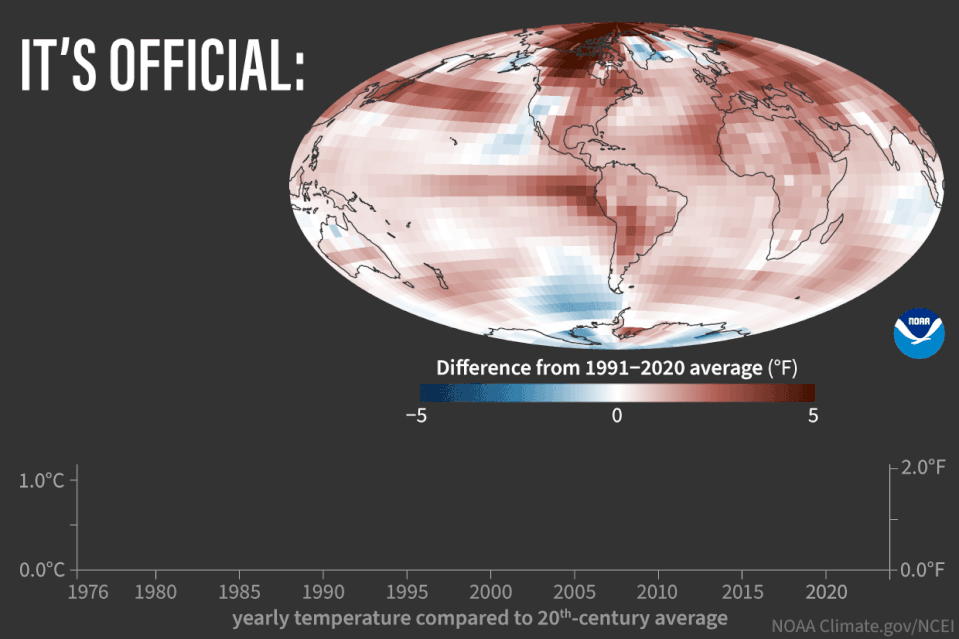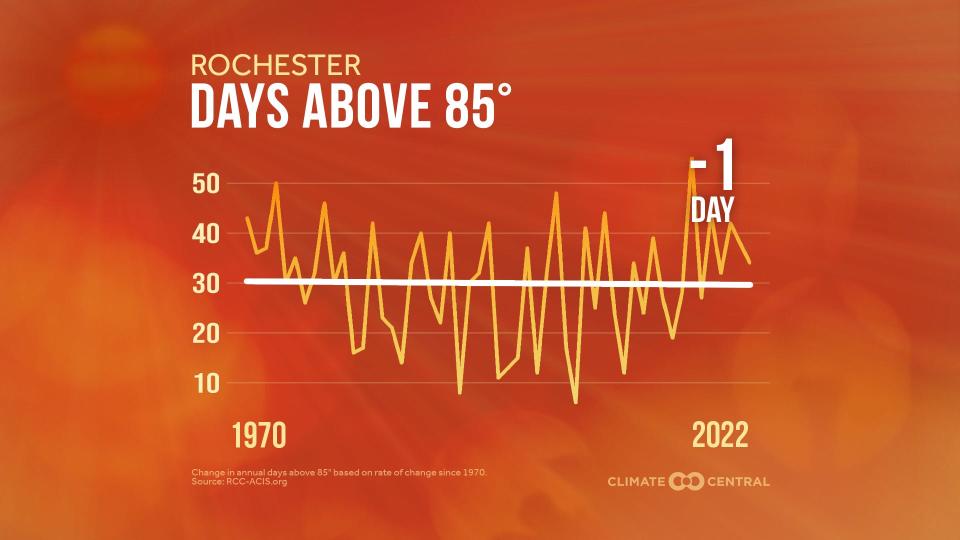National Weather Service and CDC introduce new tool to gauge heat-related risks
The sweltering, humid heat of Rochester summers isn’t far away, and a newly available tool can help residents understand the health implications and how to protect themselves.
An experimental tool, HeatRisk is a collaboration of the National Weather Service and Centers for Disease Control and Prevention. HeatRisk provides historical context for how unusual heat is for any given region and time of year, as well as an index to identify who may be vulnerable to heat and need to take extra precautions.
The main HeatRisk visualization is a United States map with color-coded areas, available online at cdc.gov/heatrisk. The search function allows users to search by zip code to get their weekly forecast, including weather conditions and possible health effects for vulnerable populations.

What information does HeatRisk track?
One benefit of the HeatRisk collaboration is the site provides one-stop viewing of various outdoor conditions and the possible related health risks. While HeatRisk focuses on temperature-related impacts, it also includes information about air quality and links to information about protecting your health in adverse conditions.
The HeatRisk map also highlights areas that may already be experiencing heat-related impacts, giving an idea of future trends. The southernmost points of the contiguous United States are already facing heat risk deemed “major” on the Weather Service’s scale, which ranges from little to none (green) to extreme (magenta).
The major heat impacts being felt in southern Florida and Texas, a 4 out of 5 on the HeatRisk scale, indicate effects for much of the population, not just high-risk groups, without effective cooling or adequate hydration.
While those conditions are considered fairly common in the southern United States, the major heat impacts category includes recommendations such as considering canceling outdoor activities in the heat of the day and using air conditioning or finding a location with access.
HeatRisk factors in how above normal a temperature is at your location, the time of year, the duration of the abnormal heat and if those temperatures are high enough to create an elevated risk for heat complications.
It does not factor in humidity due to a lack of weather stations nationwide that track humidity values, but uses the relationship between temperature and dew point temperature to approximate the role of humid air.
HeatRisk does this by considering how unusually high overnight temperatures are and how large the difference is between overnight lows and daytime high temperatures, as more humid air leads to warmer overnight low temperatures with a smaller difference between daytime highs and overnight lows.
Why are the Weather Service and CDC collaborating?

Extreme heat causes deaths every year, with an increase seen over the past three years.
There were 2,203 heat-related deaths in 2023, more than in 2022 (1,702) and 2021 (1,602). Last year was also the warmest on record; the 10 warmest years since 1850 were all in the past decade.
“As climate change intensifies, extreme heat events are becoming more frequent, more severe, and longer,” the HeatRisk website says. “Issuing alerts and health advisories before or during periods of extreme heat can save lives.”
As a result, HeatRisk was created to incorporate aspects of climatology and health data for an easy-to-use, experimental alert system.

Rochester has seen a small decline in days with extreme heat since 1970, according to Climate Central. There is one fewer day of extreme heat now than 54 years ago, but other metrics are worrying for health of heat-vulnerable populations, including overnight low temperatures in the summer increasing by 2.4 degrees over the same span. Warmer overnight lows make it harder for the body to recover from heat exposure, especially for groups like young children, the elderly, outdoor workers and unhoused people.
Warm daytime temperatures cause higher rates of evaporation, which can spark cloud cover, according to Climate Central. While this can help cool daytime temperatures, it has the inverse effect on overnight temperatures by absorbing and re-emitting the heat to the ground.
Extreme heat can also worsen air quality, a metric tracked by HeatRisk, by trapping pollutants. This can worsen health for people with respiratory illnesses like asthma.
— Steve Howe covers weather, climate and lake issues for the Democrat and Chronicle and wanted to be an ornithologist when he was a kid. An RIT graduate, he returned to Rochester after working around the state and in Utah. Share with him at showe@gannett.com.
This article originally appeared on Rochester Democrat and Chronicle: NWS and CDC introduce new tool HeatRisk to gauge heat-related risks

